As we get to back to school time and everyone starts thinking about planning out their curriculum for the year, there are lots of questions about different elements to the curriculum. If you don’t know how to set all this up, you end up in what a lot of music teachers end up in their first few years which is an endless cycle of looking for new activities. You end up bringing cool activities back from conferences or Pinterest and Instagram and do them with three grade levels because you don’t know how it fits in your curriculum. (No, I never did that *wink wink*).
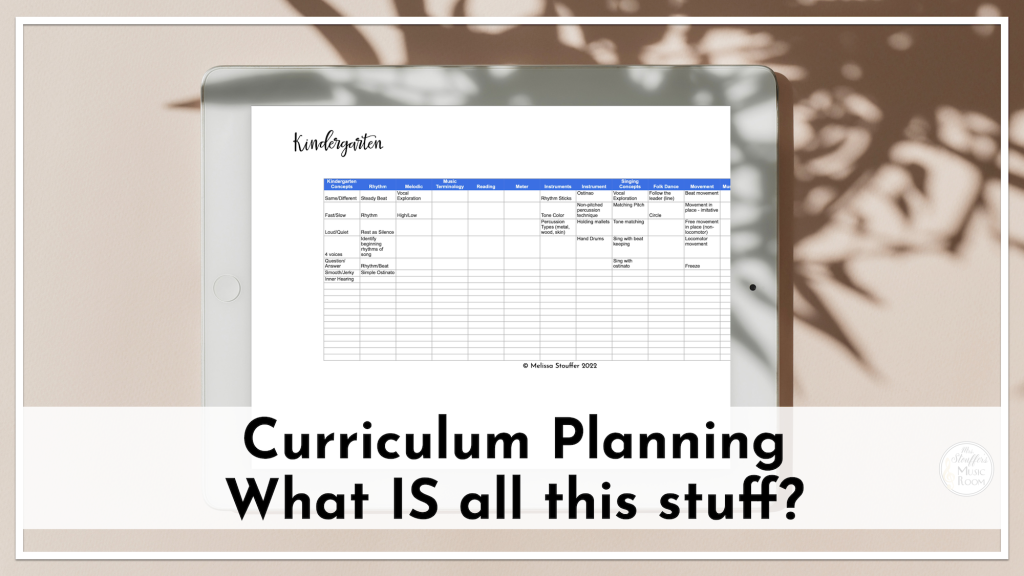
Concept List
This one is not something you usually see on lists, but this is a key element for me and what I think is important to building the reset of the curriculum. A concept list is a list of every concept you want your students to be able to do by the time they leave your building the last year you would have them. Every rhythm concept, every solfege concept, every folk dance move, term, instrument skill, vocal skill and more. Making this list is an important first step because it gives you all the info for the next step.
Scope and Sequence
Scope and Sequence is putting concepts (the scope of what you’ll teach) in order (sequence). This means that you don’t teach Low La before Do or dotted notes before quarter rest. The scope and sequence is up to you. Or your district. Some things are pretty universally agreed on like what I listed above. Others aren’t. This would be things like Do Re Mi before Sol Mi. There is no one right scope and sequence. It’s important you make these choices for yourself if your district doesn’t offer guidance because it makes a difference in everything else you pick. This should be done for all your grade levels as a whole, then broken into grade levels.
Curriculum Map
The curriculum map is the document you make after you put the scope in sequence into order. You ‘map out’ where things go within the year. Some people get incredibly detailed in their curriculum maps and break them down week by week. Basic ones are simply putting in what concepts go in what month, or which months you prepare a concept, when you present it, and when you practice it. Others can be everything broken down by week including adding what songs to teach, books to read, etc. I like the basic plan because I do change songs from year to year, or make adjustments based on things I’ve added to my curriculum as I find activities that fit. I let my Concept Plan (see below) determine my week to week.
I don’t recommend making a super detailed curriculum map your first few years teaching as you try to figure out what works for you. Yes, keep track of those lesson plans and try to reuse, but as you clean up your pacing, find out what pops up in the middle of the year, or if things get put out schedule by concerts, performances, school trips etc.
Song List
This is the number one organizational thing I think every music teacher needs.
This is a list of every song you ‘know’ that fits into a concept. They are categorized by the most ‘complex’ concept according to your scope and sequence. So if you have songs that have Do Re Mi only and you teach La after Do Re Mi, those songs in the Do Re Mi category won’t have La in them. If you teach Do and Re after La, your La list won’t have any songs that have Do or Re in them.
For example:
- Do Re Mi first – Hot Cross Buns, Frog in the Meadow, That’s a Mighty Pretty Motion
- La first: Bounce High, Bobby Shafto, Snail Snail
Making a song list is a great way to keep track of everything you know. If you learn something at a conference, add it to your song list so that you have a way of remembering and keeping track of it so you remember to use it! If you get a new book with songs, go through and add them to your song list.
I like to add a table for all the non-song resources too. Add boomwhacker play alongs, folk dances, and other activities I’ve learned and then add the source, what you would use to teach it, and if you want, a grade level. This is also a great way to keep track of sub activities, special activities you like to bring out for different events or those things you want to teach but move from year to year based on what’s going on.
Concept Plan
A concept plan is a sheet that you use to keep track of how you teach a concept. Let’s use Do for this example. My concept plan would list
- Knowledge they already need before you teach that concept (in this case, for me, Sol, Mi, La, line, space, high, low)
- How I prepare the concept broken down into visual, aural, and physical preparation techniques and activities.
- How I present the concept and all the steps.
- How I practice the concept with the students. This is all the activities I would have them use to practice reading, writing, using partwork, using memory, inner hearing, listening, improvising the new concept.
- Materials: all the things I use in this unit. Puppets, cards, manipulatives, books, CD, listening example links, etc.
- Song List: all the songs from my song list.
The concept plan is the document you use to write daily lesson plans. It helps you know what steps to take so that you aren’t reinventing the wheel from scratch every year. That doesn’t mean you can’t alter or change it, use different songs or new activities, but instead you find out where they fit in your lessons.
Lesson Plans
The last step and the one that takes the longest IF you don’t do the steps above is the thing that people think of first. The lesson plan. They can be super detailed, or scratched out notes of what you do in a class. Depending on what your admin requires, it may need to be more detailed or less.
Plan Your Stuff
Last week I gave a free presentation called “Hack Your Plans: A Guide to Concept Planning” at The Music Crew‘s free conference which is hosted in the Music Crew Collaborative. You can still watch the replay of my session and get some free planning templates. If you aren’t in the group, make sure you answer the questions to be admitted. Click HERE or on the picture to directly go to my session.
Take it a step further and get the full set. This takes it one step further and get some of the work done for you, as well as some editable documents with some of my stuff already done for you! Check it out here.
This set includes:
- Concept Plan template
- Lesson Plan template
- Monthly Curriculum Map – done for you K-5
- Monthly Curriculum Map template
- A list of Music and Heritage events throughout the year
- An editable list of music education concepts to cover
- Year at a glance pages including a place for your personal items
- Undated calendar
- Grade level concepts at a glance pages
- Scope and Sequence template
- Scope and Sequence – done for you K-5
- Song Analysis Template – A place for you to do a quick analysis of the music you want to use in the classroom
- Song List – A huge, editable list of songs to teach rhythm and melodic concepts
No matter where you are in the planning process, I hope that this has given you a starting point to get a real grip on your planning and get your materials organized!

Want to dive deeper? Check out this post about How To Plan for Elementary Music.

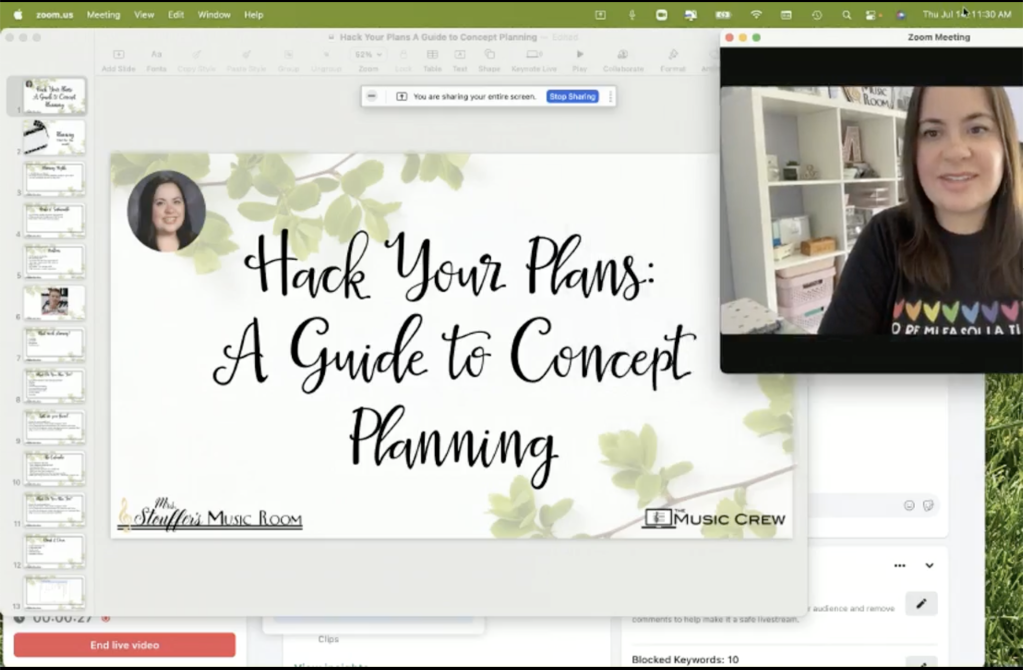

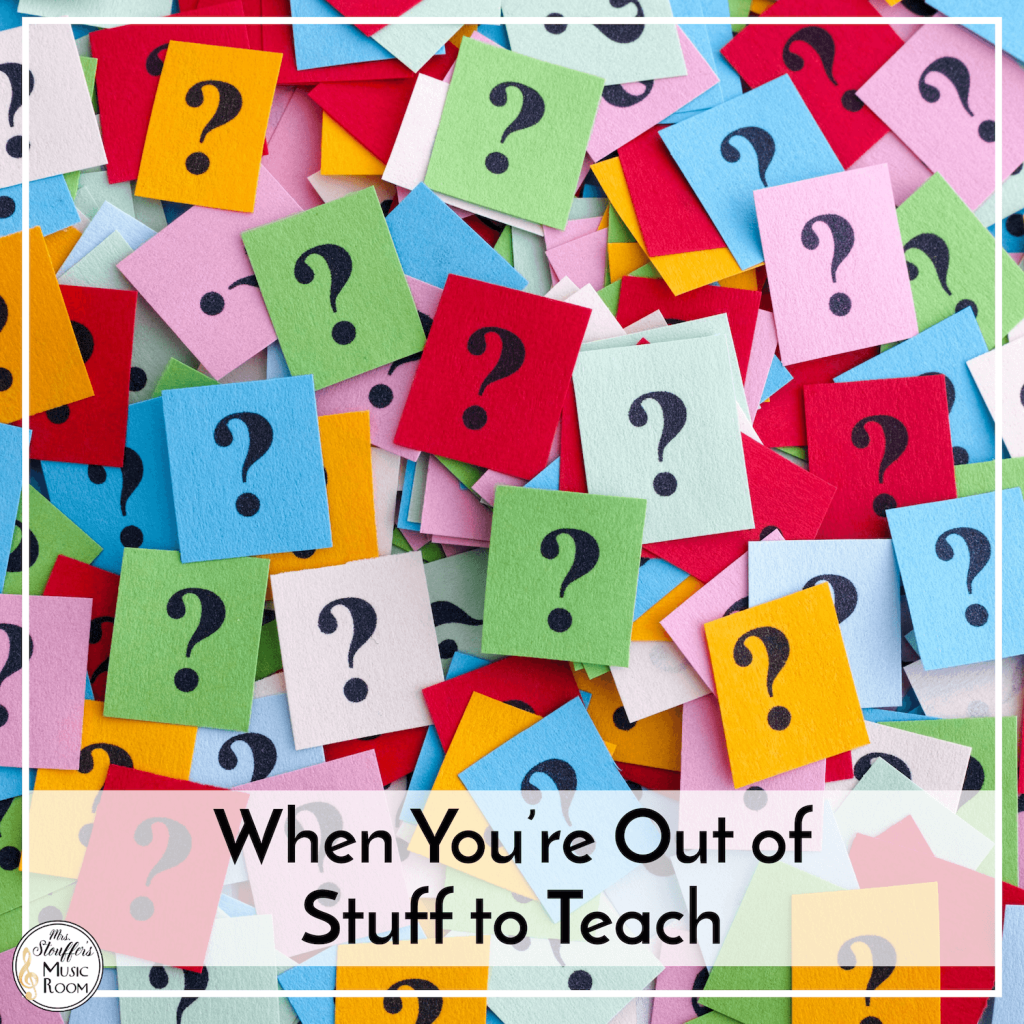
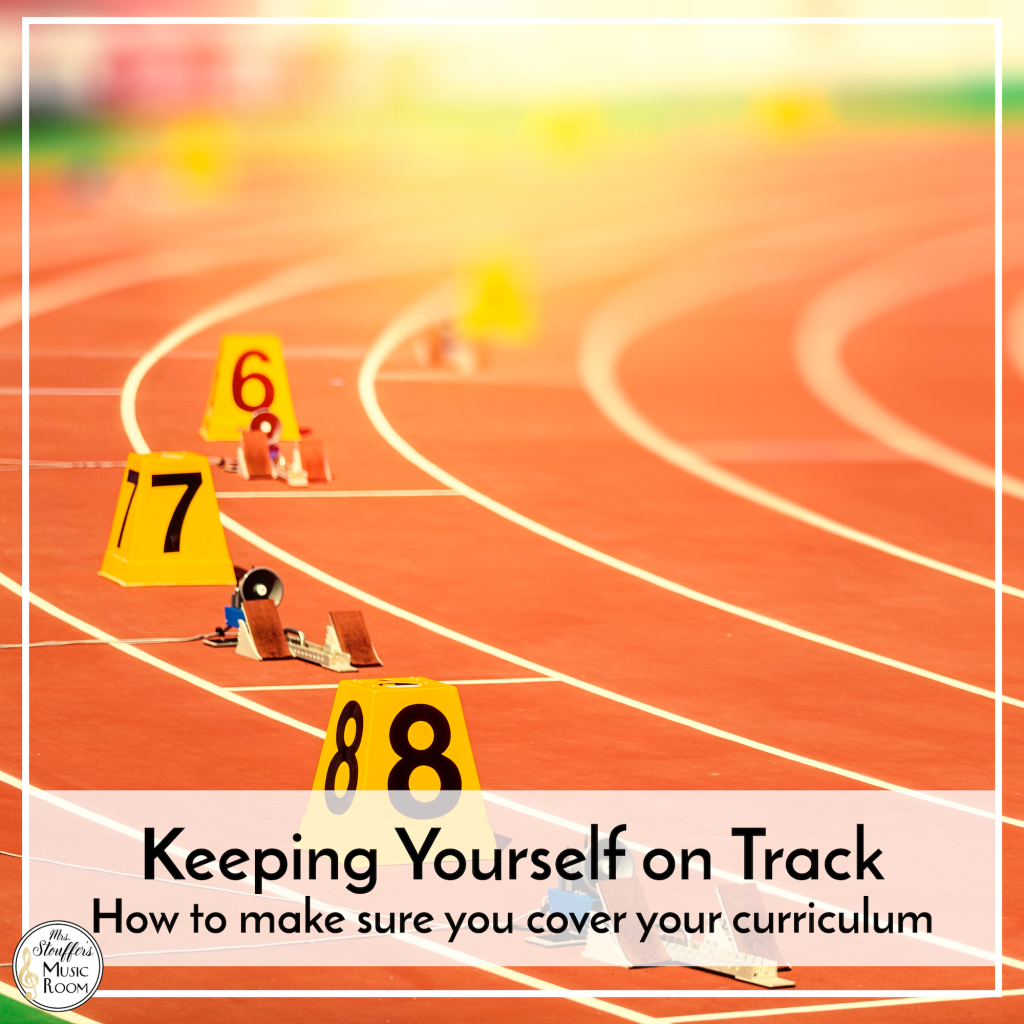
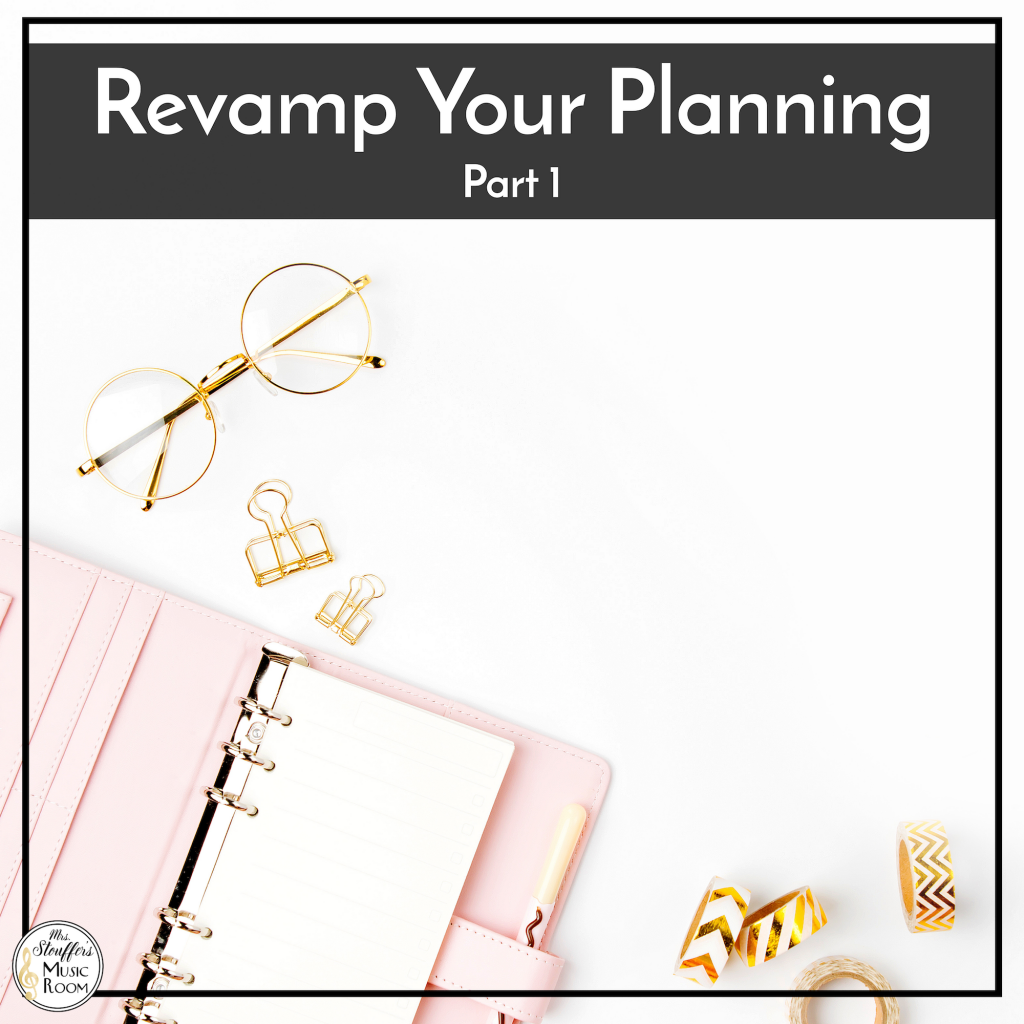
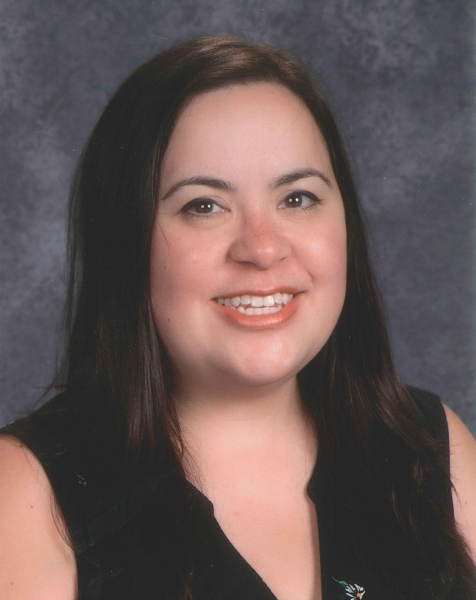
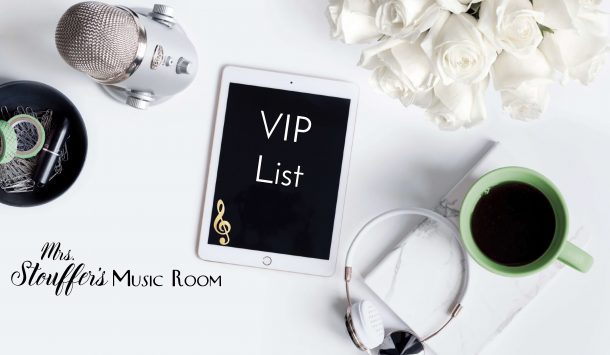
Thank you from the bottom of my heart!!! I struggle with organization. And you are truly a blessing to me!!!! I wish I could have this in a step by step guide to keep with me always. I am so ADHD. ( Just diagnosed). Which explains so much😢.
I’m so happy this come at a time you need it! Feel free to print it!!